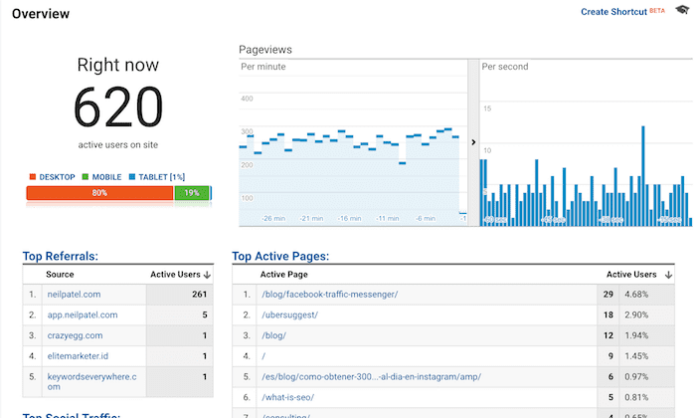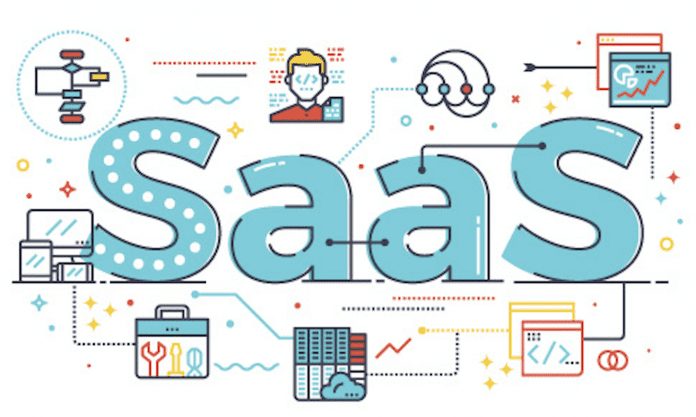Keep track and you’ll know where to go. It is true for your personal development. If you control your diet, you’ll notice the health improvements. It is true for your product’s success. If you keep track of your revenue, inexplicable outcomes and user’s behavior, you’ll improve the long-term health of your business. Implementing analytics tools helps to set an effective pricing strategy, detect the marketing problems and experiment with fresh ideas.
Criteria for choosing an app analytics tool

- Reliability and accuracy of data – it should display the correct figures and present the right analysis so that you make the right decisions;
- Clarity – so that the data would be easily read and understood with minimum beforehand learning;
- Constant updates – the more frequently the data is gathered, the better results you will attain. Compare: you know that people buy 100 T-shirts in a month. However, if you found out they buy it more on Fridays than Wednesdays, you would make an improved marketing strategy. Same with apps.
- Security – as these tools actually gather data about your users. They must have a security protocol that protects your customers’ information, interfering with its spread to the third parties. Also, it is important for you to know what happens to your data when you decide to leave the company. Do they get rid of it or leave it for some time on the cloud or database?
In this article, we’ll talk about the multipurpose analytics tools that you can use for different types of products: eCommerce, eLearning, SaaS, and for different platforms – both web and mobile apps monitoring.
- Google Analytics – the most popular web platform for data analysis. It is suitable for both small businesses and enterprises. Google can not only help you to understand your users better but also improve your marketing strategy and content. It gives detailed reports about the audience and their behavior. Google filters this information according to different segments (age, country, interests). It collects data in one place and helps you to manage it. And if you don’t know how to do it – it has a special Google Academy which will teach you the hard science of data figures. The app is free for small businesses. The only obstacle – their comfort zone because using statistics and moreover analyzing it is quite a challenge.

- Amplitude Analytics – this tool is used for the data analysis of SaaS, Media, eCommerce, Consumer and Fintech projects. This company works with Samsung, Paypal and Capital One. They offer Behavioral Analytics Platform and Amplitude Engage. You can use this tool to set product strategy, improve user engagement, optimize conversion and drive retention. Amplitude also has a free plan for startups. For mid-sized businesses, they offer a Growth plan. And for companies like Microsoft, they offer an Enterprise plan.
- Localytics is working in the industries of media and entertainment, retail and telco. Their clients are Fox, Visa, and Zipcar. Localytics focuses on careful data gathering. However, not only on that. First, they get the info about your clients and present rich and contextual data. Then they offer successful marketing and customer engagement strategies. Finally, they implement them. The results are 400 Million monthly users and 100 Million notifications per day. Notifications that do not get ignored.
- Adobe Analytics provides modern implications of data science. They offer real-time reporting, complex segmentation of the results, customer’s paths, traffic sources, and content effectiveness measures. This tool is able to organize a huge amount of data and present it in a user-friendly and easy-to-read way. It also targets different channels and gathers the info from PCs, smartphones and digital watches. Its biggest advantage is the ability not only to track the statistics from past interactions but also to predict the forthcoming events. Among Adobe Analytics’ users are Hostelworld, Philips, Airbus, and SAS. It offers three different plans according to your business’ size: Adobe Analytics (AA) Select, AA Prime, and AA Ultimate.
- Flurry is a tool for mobile apps analytics that has worked with 250k companies and tracked the metrics from 1 million apps on 2 billion devices. It monitors installs, sessions and time users spend using the application. Flurry has on-demand analytics tools for funnels and cohorts. It is one of the few professional-grade apps for mobile metrics monitoring that’s completely free. Their back-end is able to handle apps of any scale. Flurry also supports different technologies and can work with Android, Kotlin, Objective-C, and Swift.
When choosing a platform for your app’s data analysis, consider the following things:
- The type of your product. There are different analytics tools for SaaS and eCommerce projects, for mobile and web apps.
- The scale of your business. There are many tools with free plans, and they will be just enough for startups. However, if you have a mid-sized business or enterprise, it will not satisfy the needs of your business and you will have to re-platform for a more complex analytics app.
- Companies’ demos. Companies explain there what metrics they can scale for you. They show in detail what they can offer, and what result you’ll get from it. Also, the demo is an indicator of how much the company cares about its clients. It must be understandable, up to the point, and not too long.
- The metrics that are necessary for your business. No matter how good the analytics app is, it won’t work if it doesn’t embrace the metrics you need. For example, for eCommerce development, it is necessary to know the cart abandonment rate. For SaaS it is useless, here you have to know the churn rate.

However, the best solution would be to choose an analytics tool that fits the needs of your specific type of product. For example, the best solutions for SaaS would be Baremetrics, ProfitWell, and Chartmogul. Also, it is necessary to choose an analytics tool that would perfectly fit your budget. No need to overpay for the metrics results you won’t even use. Usually, the smallest the project and product is, the fewer metrics they require to analyze. If you need help choosing a tool for your SaaS, be welcomed to contact the SapientPro development team.








